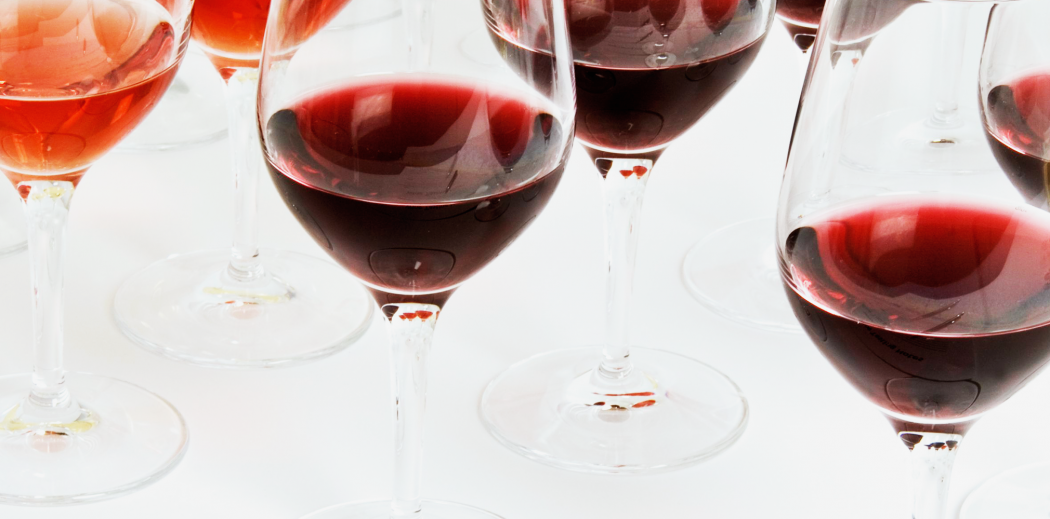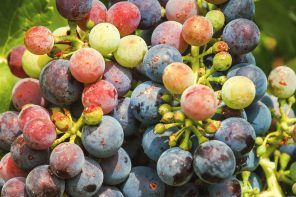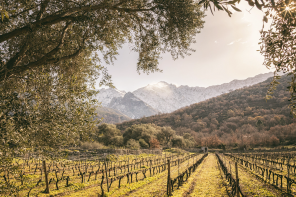Rum is sugar cane, vodka is (usually) potatoes, and wine is grapes. But the reality is there are a few more ingredients that can go into your wine. Wine, like beer, is volatile and unstable, and these additives help stabilize it, allowing it to last longer and have an improved taste.
Naturally, plenty of less savory characters have tried to take advantage of this – like the time Austrian producers added antifreeze to their wine – but for the most part, additives are a normal part of the process and bring the people what they want. Here’s a list of some of the most common additives and their significance:
Sulfur
Sulfur’s gotten a bad rap, especially for bringing on red wine headaches. Let’s set some things straight: namely, both of these assumptions are incorrect. Unless you fall into the 1% of the United States population that has a sulfite sensitivity, the stabilizer isn’t going to hurt you. Its antibacterial and antioxidant properties make it a great preservative and help kill bacteria and yeasts that you don’t want in your wine.
It’s also time to stop blaming it for your headaches. Tannins have been proven to be more responsible, and the only time sulfur is going to give you grief the next morning is when you have one glass too many. To drive the point home: the average amount of sulfite in a bottle of wine is 150 parts per million (ppm), while there is 1000 ppm in dried fruit. American producers have been required to label any amount of sulfite that exceeds 10 ppm since 1987, so you know exactly what you’re getting.
Buying internationally? EU regulations have set the amount of sulfur dioxide red wine can contain at 160 parts per million (ppm), less than the 210 ppm for white wine and significantly less than the 400 ppm for sweet wine.
Other stabilizers include acetaldehyde, which helps with color, and dimethyl dicarbonate, which sterilizes the wine. It also happens to be poisonous within the hour it’s added, and you can find it in orange juice and Gatorade.
Sugar
Sugar isn’t added to sweeten wine, but rather to increase its alcohol level. Added through a process called chaptalization, where the sugar is tossed into the unfermented grape must, it can increase a wine’s final ABV by 3%. Yeast consumes the sugar, eliminating any sweetness and fermenting it into alcohol. (Thanks, yeast!)
Just as its divisive among the health community, sugar is similarly contentious among the legal one. Legally, you can add sugar to wine when you’re growing grapes that have a difficult time getting ripe, such as those from Bordeaux or the Pacific Northwest. In many other areas, like California, Australia, and Southern France, the law has put its foot down about sugar. To get around those, producers will add grape concentrate for the same results.
Yeast (and Vitamins)
You’ve probably at least heard that yeast is essential to the winemaking process, most importantly, as stated before, because the microorganism takes sugar and turns it into alcohol. It has a huge impact on the wine’s flavor, and there are two main types you’ll hear about: ambient yeast and cultured yeast. As its name would suggest, ambient yeast is yeast that’s already presented on the equipment. Some producers like to have more control and create custom blends, or, cultured yeasts.
The presence of yeast often necessitates the presence of vitamins, as those, along with minerals, can help the yeast thrive during fermentation.
Tannins
One of those words that wine snobs love to throw around, and the additive that’s more likely than sulfur to give you a headache. Tannins, or polyphenols, occur naturally inside grape skins, seeds, and stems and are released right after the grapes have been pressed. The trick to knowing if a wine is tannic? Your mouth will feel dry.
To add tannins, the seeds are crushed with the grapes. Aging wine in oak will also add a tiny amount of tannins.
Fining
Post-fermentation, there’s still work to be done. The wine enters a period of stabilization, where, back in the day, French and Italian winemakers would toss in an egg white as the proteins would bind to free proteins. The winemakers could then clear the egg whites and proteins off the bottom of the barrel in a process called fining and racking. Modern fining and racking still uses egg whites, along with milk products, isinglass (or dry swim bladders from fish), gelatin, and copper sulfate, among others. Though they’re called additives, most of these are removed once they’ve accomplished their purpose, usually cleaning out unwanted compounds or clarifying the wine.
Acid
Acid impacts pH, and pH impacts flavor and longevity. In an ideal world, a wine is perfectly balanced, but sometimes this requires a winemaker’s intervention. To lower the amount of acid, chalk can be tossed in. You’ll usually find this practice in areas with cool weather, where grapes struggle to ripen. In warmer regions where wines are more basic, tartaric acid, malic acid, and citric acid can be added. However, those with sensitive palates claim you can taste these.








